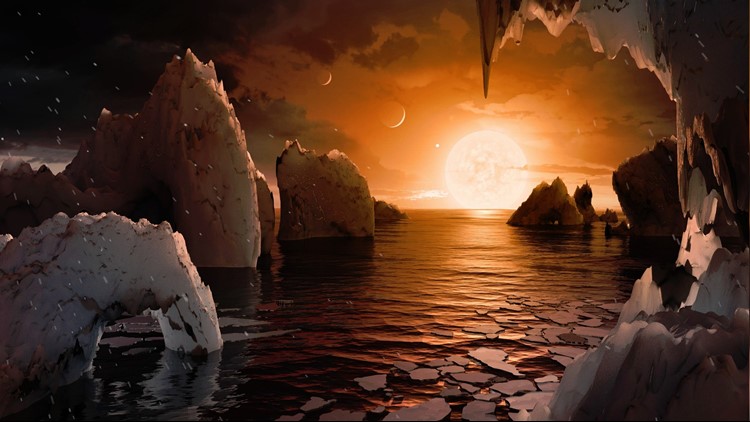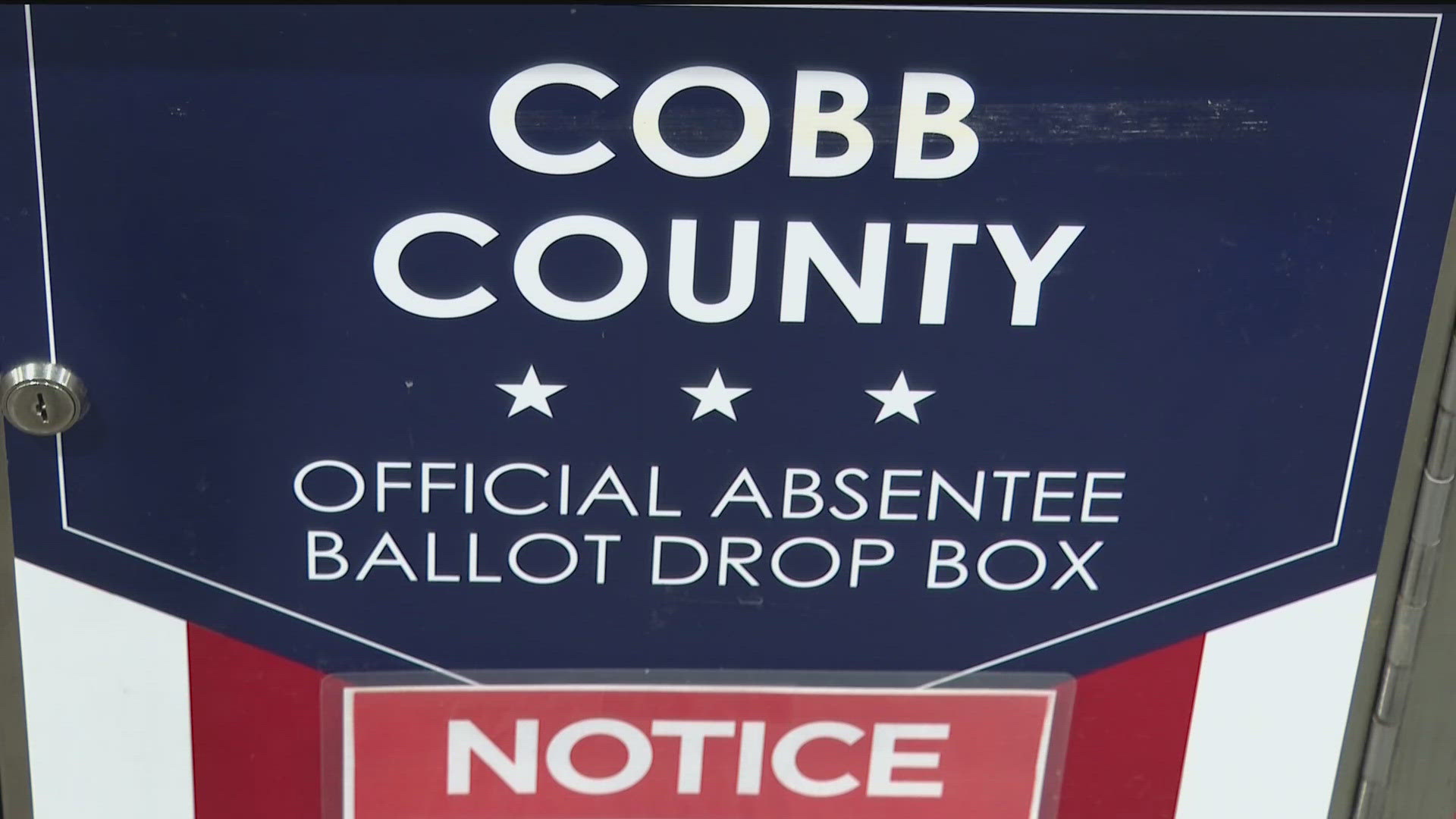Scientists have discovered a remarkable cluster of planets resembling the core of our own solar system, but better: seven Earth-sized worlds, each potentially capable of hosting liquid water and therefore life, in orbit around a nearby star.
Preliminary data suggest all seven planets some 40 light-years from our sun are rocky, which would make them more similar to Earth than, say, Jupiter, a huge ball of gas. Rocky planets seem a better bet than gaseous worlds for offering sanctuary to life as we understand it.
Never before have astronomers found a star circled by so many Earth-like planets with relatively pleasant climates. Better yet, the Hubble Space Telescope and other observatories peering at these new found worlds should be able to pick out chemical signals of any living organisms. Oxygen, for example, is a product of plants, while methane is made by certain microbes.
“We’ve made a crucial step toward finding (out) if there is life out there,” says Amaury Triaud of Britain’s University of Cambridge, co-author of the study on the planets in this week’s Nature. “Here, if life managed to thrive and release gases similar to that (which) we have on Earth, we will know.”
Three of the planets bask in just the right amount of energy from their host star that oceans could wash their surfaces, assuming the worlds are swaddled in atmospheres. Three more could feature smaller water bodies, and water might puddle on the seventh under ideal conditions. Many researchers refer to the region around a star where planets are neither too cold nor too hot to support liquid water on their surfaces as the habitable zone, often jokingly referred to as the Goldilocks zone.
Five of the seven planets are almost exactly the width of Earth, a state scientists call having “Earth radii.” The remaining two are a touch smaller than Earth. Among our celestial companions, Mars and Venus are roughly Earth-sized, Mercury is much smaller and the four outer planets are much bigger. That tally means the new planetary system boasts more Earth-sized worlds than our own solar system.“Seven planets with Earth radii – that’s unique. And seven of them in the habitable zone – that’s unique as well,” says Francesco Pepe of Switzerland’s Geneva Observatory, who was not involved with the study. Other seven-planet systems have been found, but none with so many planets in the habitable zone, says Abel Méndez of the University of Puerto Rico at Arecibo.
The new herd of planets circles a tiny dim bulb of a star called TRAPPIST-1, which shares its name with the Belgian-operated telescope that discovered some of the planets and, not coincidentally, with a beloved Belgian beer.The star’s puniness – it’s only 8% the mass of our sun – will make it easier to pin the planets' measurements because smaller stars are more easily influenced by their surrounding planets. Researchers have already confirmed that at least two of the planets don’t have flabby hydrogen atmospheres, which would render them uninhabitable.
“Of all the planets we’ve found, this has risen to the top as the most exciting (for) the potential of studying habitability,” says Boston University’s Philip Muirhead, who was not involved with the study.The Hubble Space Telescope should be able to detect methane and water in the planets’ atmospheres, says study co-author Michaël Gillon of Belgium’s University of Liege. The James Webb Space Telescope, scheduled to launch in 2018, will be powerful enough to spot the signatures of other chemicals such as ozone and carbon dioxide. Finding a cocktail of these chemicals in the right amounts would be strong evidence something out there is alive.
If someone could stand on one of these planets, he or she would see a salmon-colored sun brighter than the moon but dimmer than our own sun, Triaud says. If that observer looked up, he says, “the spectacle would be beautiful, because every now and then you’d see another planet, maybe twice as big as the moon in the sky, depending on which planet you’re on and which planet you’re looking at.”The researchers say with luck they’ll know in a decade whether there are signs of life near TRAPPIST-1. “People will get more and more news about this system in the coming months and years,” Gillon says. “The story is really just beginning.”



